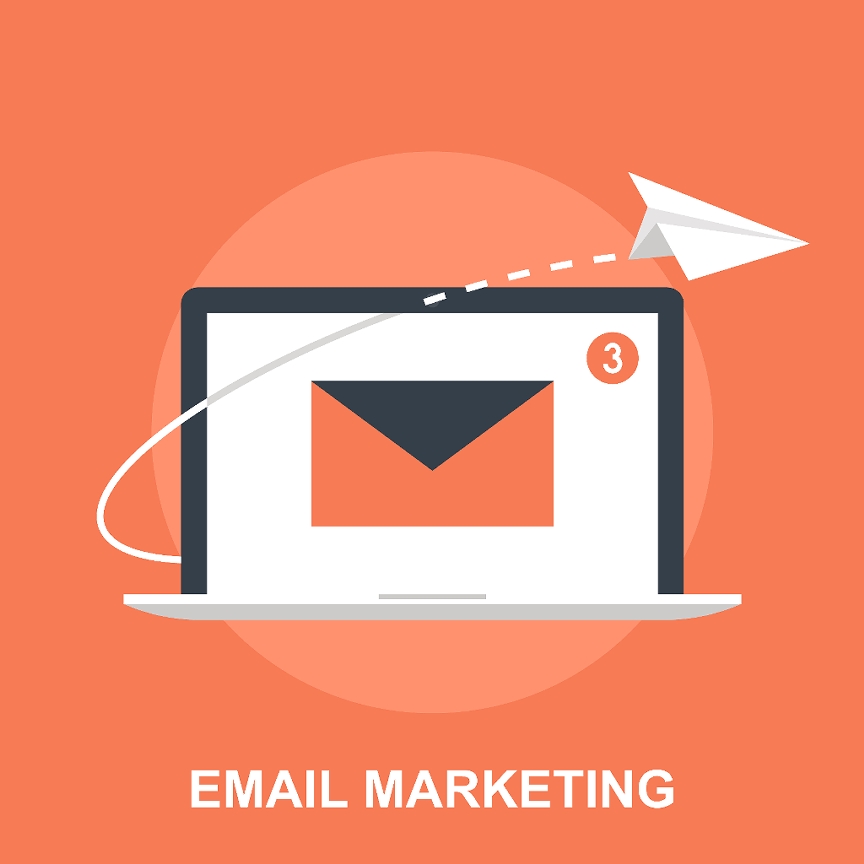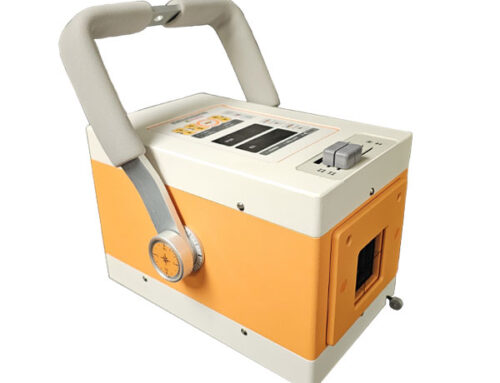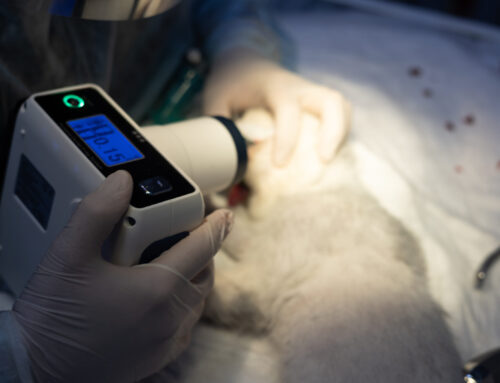Emails are great veterinary practice marketing tools, if you can create cunning copy with no mistakes. But we all know that zero errors are an ambitious goal.
Errors are a fact of business; severity of the error determines the best course of action. Remember, no one wants an inbox overflowing with unnecessary or unimportant do-overs.
Let’s look at a few common email mistakes.
Typos & Iffy Images
A spelling mistake or blurry image doesn’t affect your business or antagonize your subscribers. No big deal and it might even cause a chuckle or two amongst your readers. If they mention it at their next visit or through email…oh well….
But, if you’ve messed up someone’s name or identified the wrong person for any reason, a correction may be in the practice’s best interest. And choose your method for correction–email, website or via social media.
Speedy “Send It”
In an effort to keep things moving, you accidentally send a “work in progress” to your list. It can be as simple as an email about cat diabetes delivered to your dog-owner list. Maybe hilarious, often embarrassing.
Don’t go crazy; but follow up with a correction and maybe an apology.
Mistakes that Matter
Incorrect pricing on a product or service, a wrong date that affects a practice event, mis-information about a member of a practice–these can all affect your business. You need to fix this.
Use the New Communication Wisely
If you do need to send a second email to your list, take advantage of the opportunity. If done well, a correction email will not only make sure your subscribers get the information they need, but it can generate goodwill and a few chuckles.
We suggest
Promptness-Once you decide that a follow-up is the way to go, go to it. Who knows, you might get lucky. The subscriber may skip over the error-laden email and go right to the corrected version. Time may not be of the essence, but it will contain the faux pas.
Thoughtfulness-Never and we mean never, fire off a follow-up in haste. You don’t want to have to send a follow-up to the follow-up. That’s just unprofessional and annoying.
Come clean-explain why you are sending a follow-up. And detail the topic quickly.
You might put the same topic in the subject line with a word or two to indicate the reason for the re-send. Include the info from the first email, and add a few lines detailing the correction.
If you are sending a whole new message, use a whole new subject line, but you still want to be clear that it is a follow-up.
Either way, a single and short apology is enough. Don’t overdo it. You’re a person; people make mistakes. Showing that you are human is almost always good for business.
Got Giveaways? -Offer your list a freebie if it makes you feel better. Sample treats or a little bottle of shampoo. If it’s a bit more significant, maybe some small service for a limited time (added bonus—an unscheduled visit to the practice). Let’s bring all of this together using the example of sending a dog-exclusive article to your cat-owner email list. You might send something like:
Practice Makes Purr-fect
If you mess up, you can get better. Don’t use this small error as an excuse for sloppiness. Use this as a lesson to review your correspondence, check the subject line, the list you’ve selected, the content and images, and test every link.






